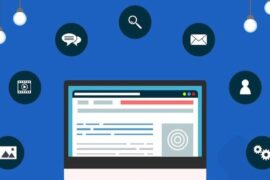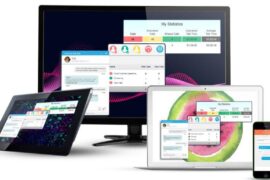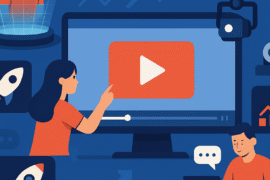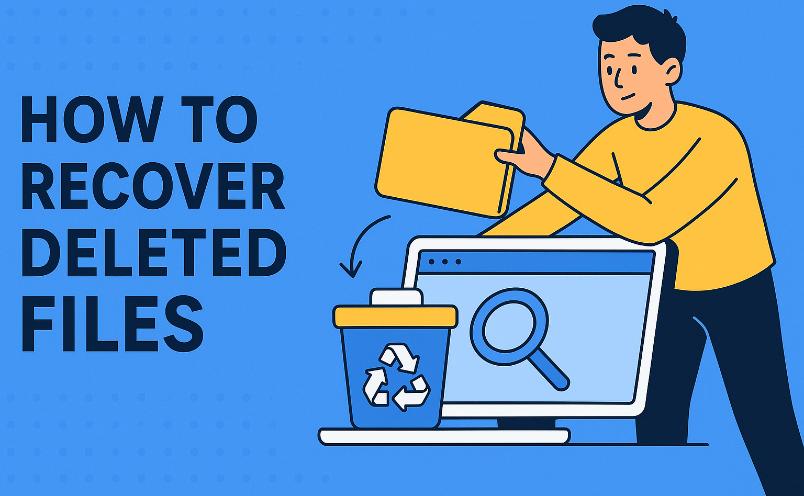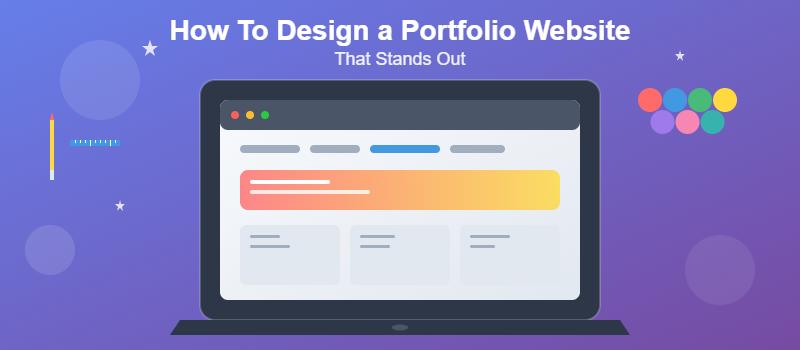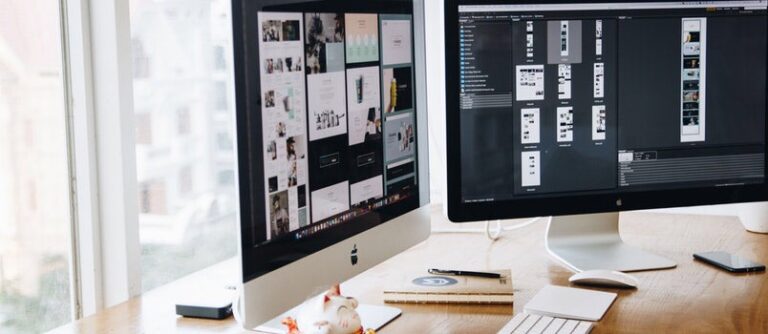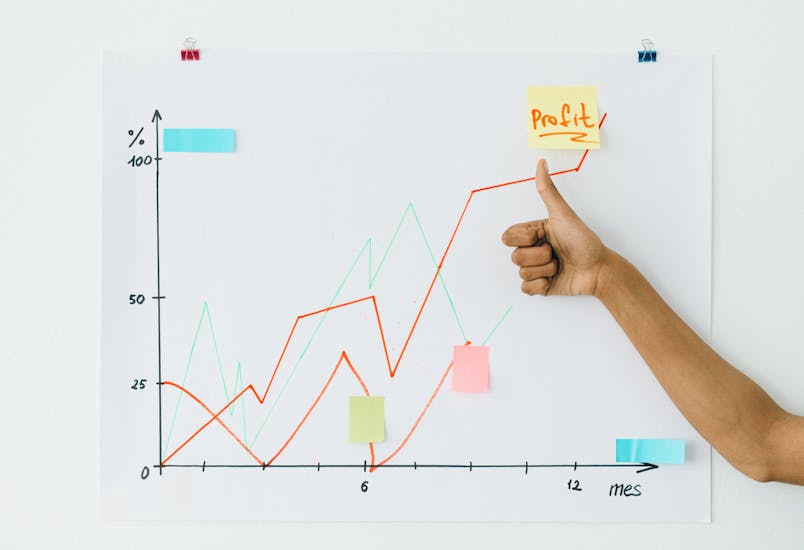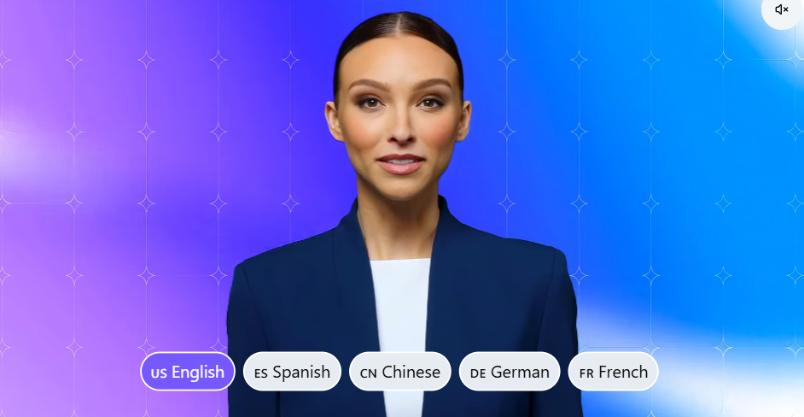Remember when we thought robots would take over the world by flying around in metallic suits? Well, they’re here alright, but instead of conquering cities, they’re sitting quietly in our design software, helping us create things we never imagined possible. Welcome to creative design in 2025, where your biggest collaborator might just be an algorithm.
The New Creative Playground
Let’s be honest – the design world has completely flipped in the past few years. What used to take weeks of back-and-forth with clients, multiple revisions, and countless coffee-fueled late nights can now happen in a fraction of the time. But here’s the thing that most people get wrong: AI isn’t replacing creativity. It’s amplifying it.
Think of AI as that incredibly talented assistant who never gets tired, never runs out of ideas, and somehow always knows exactly what you’re trying to achieve – even when you’re not entirely sure yourself. The key is learning how to work with this digital partner, not against it.
Getting Started: Your AI Design Toolkit
The landscape of AI design tools has exploded, and honestly, it can feel overwhelming. Here’s what you actually need to know: How to Use AI Tools
Image Generation Tools are your new best friends for concept development. These aren’t just fancy photo filters – they’re idea machines. When a client says they want something “modern but warm,” you can generate dozens of visual interpretations in minutes. The trick is learning how to speak their language through prompts.
Design Automation Platforms handle the tedious stuff that used to eat up your time. Layout variations, color palette testing, typography combinations – let the AI crunch through hundreds of options while you focus on the creative strategy.
Smart Editing Software has evolved beyond simple filters. These tools understand design principles and can suggest improvements, fix compositions, and even predict what elements might work better together.
The Art of Prompt Crafting
Here’s where most designers stumble initially. Writing prompts for AI isn’t like giving instructions to a human team member. It’s more like being a director who needs to paint a vivid picture with words.
Instead of saying “make it look professional,” try “clean minimalist layout with plenty of white space, using a modern sans-serif font, corporate blue accent color, conveying trust and reliability.” The more specific you get, the closer the AI gets to reading your mind.
I’ve learned that adding emotional context works wonders. Don’t just describe what you want – describe how it should make people feel. “Energetic startup vibe that makes viewers want to join the team” produces very different results than “professional business website.”
Workflow Integration That Actually Works
The biggest mistake I see designers make is treating AI as a separate step in their process. Instead, weave it throughout your workflow like a thread running through fabric.
Start your projects with AI brainstorming sessions. Feed it your brief and ask for initial concepts, color suggestions, or even typography pairings. Use these not as final solutions, but as jumping-off points for your own creative exploration.
During the development phase, let AI handle variations and iterations. Need to see how your logo looks in fifty different color combinations? Done in minutes. Want to test your layout across various screen sizes? AI can generate responsive previews faster than you can manually resize artboards.
For client presentations, AI becomes your secret weapon. Generate multiple concept directions quickly, allowing you to present clients with more options without burning through your project budget.
Keeping the Human Touch
Here’s the part that keeps me excited about design in 2025: the human element has become more important, not less. While AI can generate technically perfect designs, it can’t understand the cultural nuances, emotional subtleties, or brand personality that make designs truly resonate.
Your job as a designer has evolved from being someone who moves pixels around to being a creative strategist who guides AI toward meaningful solutions. You’re the one who understands why a particular shade of blue might evoke trust in one culture but sadness in another. You’re the one who knows that your client’s target audience will respond better to hand-drawn illustrations than polished 3D renders.
The most successful designers I know use AI to handle the technical execution while they focus on creative strategy, brand storytelling, and user experience design. They’ve embraced AI as a powerful tool that frees them to think bigger and more strategically.
Practical Tips for Daily Use
Let me share some practical approaches that have transformed how I work:
Start Small and Specific: Don’t try to generate entire designs from scratch initially. Use AI for specific elements – backgrounds, icons, texture overlays, or color palette inspiration. Build your confidence with smaller tasks before tackling complex projects.
Create Your Own Style Library: Most AI tools allow you to train them on your preferred aesthetics. Feed them examples of work you admire, your previous projects, and brand guidelines. This creates a personalized AI assistant that understands your design sensibilities.
Iterate Relentlessly: The first AI output is rarely the best one. Treat it as a rough sketch and keep refining your prompts. Small changes in wording can produce dramatically different results.
Combine Multiple Tools: Don’t limit yourself to one AI platform. Use image generators for concepts, layout tools for composition, and editing software for refinement. Each tool has its strengths.
Overcoming Common Challenges
Every designer faces hurdles when adopting AI tools. The most common complaint I hear is “the results look too generic.” This usually happens when prompts are too vague or when designers rely too heavily on AI without adding their personal creative interpretation.
Another frequent issue is the learning curve. Yes, mastering AI tools takes time, just like learning any new design software. But the investment pays off quickly when you realize you can produce more creative options in less time than ever before.
Some designers worry about losing their creative edge, but I’ve found the opposite to be true. When AI handles the routine tasks, I have more mental energy for creative problem-solving and strategic thinking.
Looking Forward
The AI design tools available in 2025 are just the beginning. We’re seeing early versions of tools that can understand project briefs, generate complete brand identities, and even conduct their own user research. The designers who will thrive are those who learn to dance with this technology rather than compete against it.
Your creativity isn’t being threatened – it’s being unleashed. AI tools are removing the barriers between your imagination and execution, allowing you to explore ideas that would have been too time-consuming or technically challenging just a few years ago.
The future belongs to designers who combine human intuition with AI capability, who understand that technology is most powerful when it serves creativity rather than replacing it. So dive in, experiment fearlessly, and remember that the best designs will always come from the uniquely human ability to understand what moves people.
The robots aren’t taking over design – they’re just






